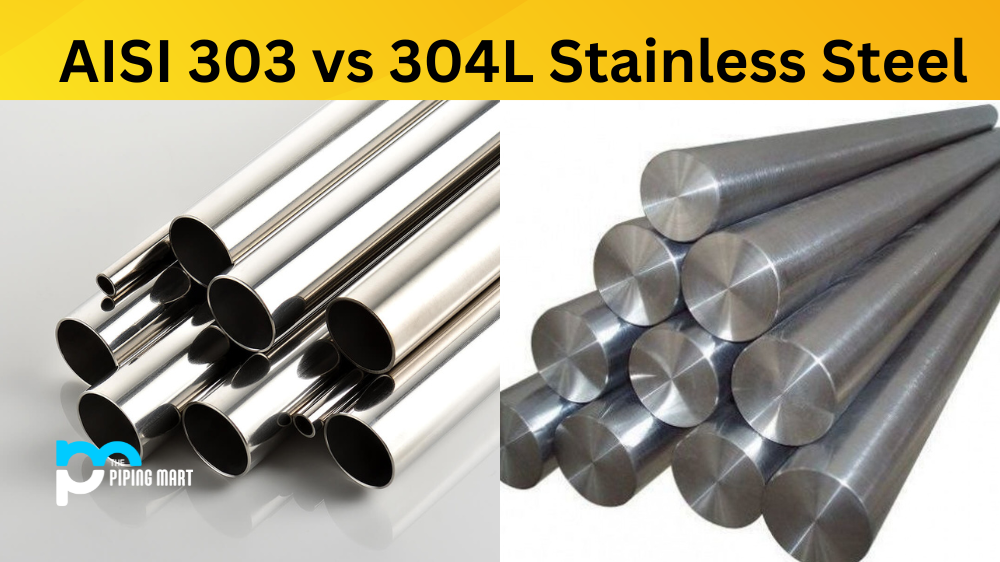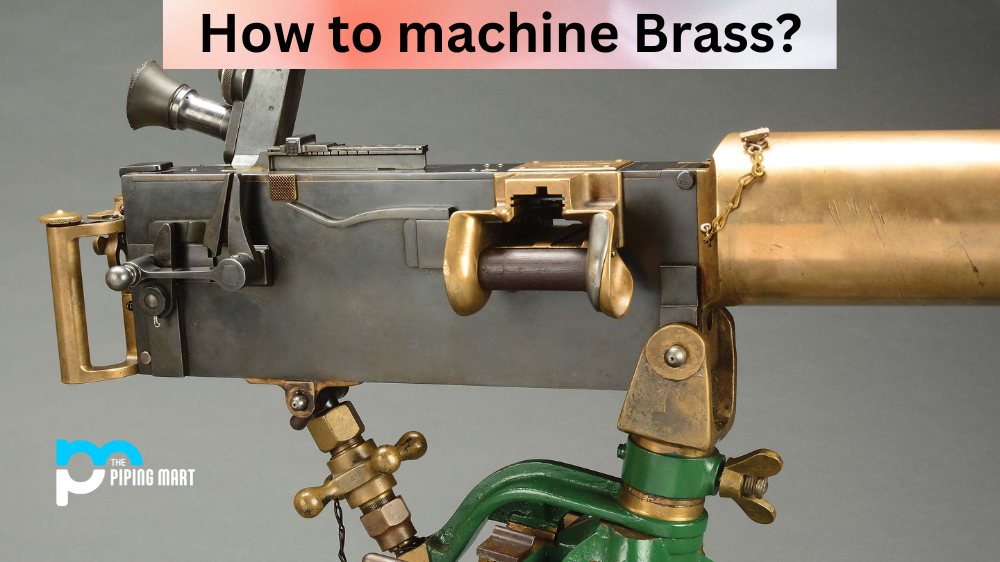Anytime you consider a construction project, you must know the difference between high-yield and mild steel. Both of these materials offer a range of benefits, but understanding the differences between them can help you determine which type is best for your needs. Let’s take a closer look at high-yield steel vs mild steel.
High Yield Steel
High-yield steel has increased strength and toughness compared to mild steel. It is also more resistant to fatigue, making it ideal for higher tensile strength applications such as bridges or load-bearing structures. High-yield steel also has a much higher resistance to abrasion and corrosion than mild steel, making it suitable for use in corrosive environments or applications where wear and tear are likely to occur. High-yield steel is also easier to weld than mild steel due to its higher carbon content.
Mild Steel
Mild steel is characterized by its low carbon content, which makes it malleable and ductile. This makes it ideal for welding and forming operations and fastening components with screws or nuts and bolts. Mild steels are also widely used in construction due to their low cost compared to other metals such as aluminium or stainless steel. Mild steel is highly resistant to corrosion but not as strong as high-yield steel, so it is usually employed in applications where strength isn’t the primary concern, such as fencing or piping systems.
Difference Between High Yield Steel and Mild Steel
Chemical Composition
The main difference between high-yield steel and mild steel is their chemical composition. High-yield steel has a higher carbon content than mild steel, which gives it superior strength and hardness. High-yield steel also contains other alloying elements, such as manganese, chromium, or vanadium, which further improve its strength and hardness.
Mechanical Properties
The higher carbon content of high-yield steel also gives it superior mechanical properties. High-yield steel is much stronger and harder than mild steel, making it ideal for applications with high levels of strength and hardness. High-yield steel is also more resistant to wear and tear, making it ideal for use in high-stress environments.
Cost
High-yield steel is also more expensive than mild steel due to the higher carbon content and the addition of other alloying elements. However, the superior strength and hardness of high-yield steel make it ideal for use in critical applications where failure is not an option.
Applications
High-yield steel is typically used in applications with high levels of strength and hardness, such as construction or mining equipment, are required. Additionally, high-yield steel is often used in military applications, as it can withstand the high stresses of combat.
Mild Steel
Mild steel is low-carbon steel with less than 0.3% carbon by weight. Due to its low carbon content, mild steel has superior weldability and machinability compared to other types of steel. Additionally, mild steel has good ductility and can be easily formed into various shapes using simple methods such as stamping or bending.
Applications
Mild steel is typically used in various applications where low strength and hardness levels are required, such as in automotive bodies or piping. Additionally, mild steel can be easily welded or joined using various methods, such as riveting or bolting.
Conclusion:
High-yield and mild steel both have advantages and disadvantages, so understanding the differences between them can help you make an informed decision when choosing the suitable material for your project. If strength is your primary concern, then high-yield steel may be the best choice; however, if cost savings are paramount, mild steel may be the way to go. Regardless of your needs, knowing about these two materials will ensure that you get the most out of your construction project!

Abhishek is a seasoned blogger and industry expert, sharing his insights and knowledge on various topics. With his research, Abhishek offers valuable insights and tips for professionals and enthusiasts. Follow him for expert advice on the latest trends and developments in the metal industry.




